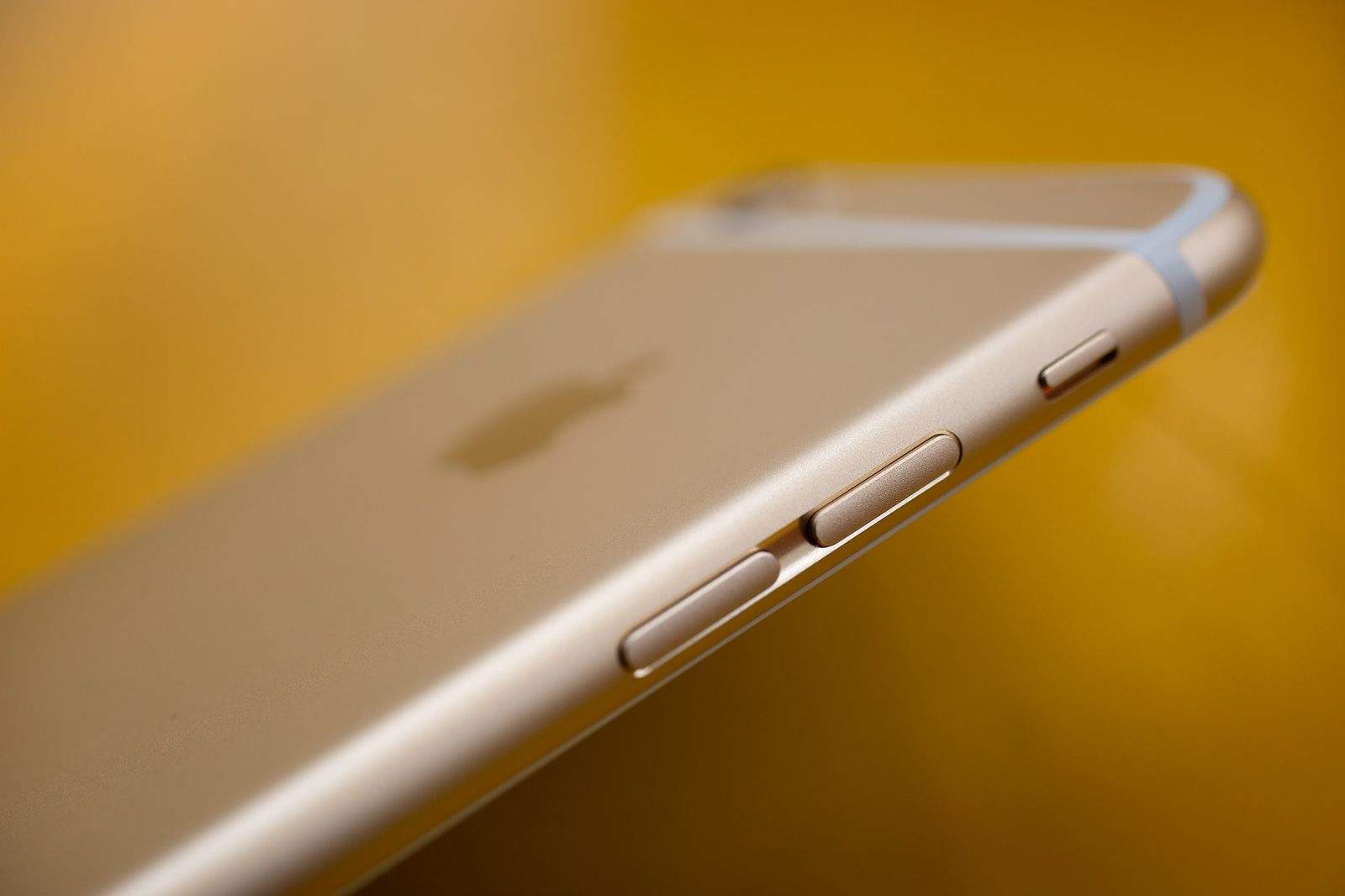Bendgate is the latest in a long line of minor Apple problems that get blown out of proportion by the Internet’s echo chamber and the media jackals that inevitably swoop in and howl about the latest “crisis.”
The same sort of over-the-top backlash happened with the iPhone 4’s reception issue (Antennagate) and the iPad’s trickle-charge feature (Batterygate). It’s a familiar cycle: Apple’s fantastic new device captures the world’s attention, a glitch arises and suddenly the world is coming to an end — at least until it’s not.
“Apple’s ability to trigger consumer demand is probably without rival across the globe — that’s no small feat,” says Larry Barton, a pioneer in corporate crisis management who studies the causes of and responses to incidents like these. “Their core, loyal customer has proven to be forgiving across several minor incidents, and Bendgate is just that — a relatively minor snafu that’s not uncommon with a first-generation design.”
Several factors come into play. Apple is a company people love — and it’s also one people love to hate. No other brand cultivates such intense loyalty, or draws such withering fire, as Apple. The perception of a certain arrogance in Cupertino — who can forget the self-satisfied slogan “It just works“? — adds fuel to the fire, but there’s also a bit of David and Goliath drama in the mix, especially recently.
We’re humans: We just love to see the high and mighty fall.
Apple’s been dealing with these sorts of outcries forever, going all the way back to the original Mac.
Toygate
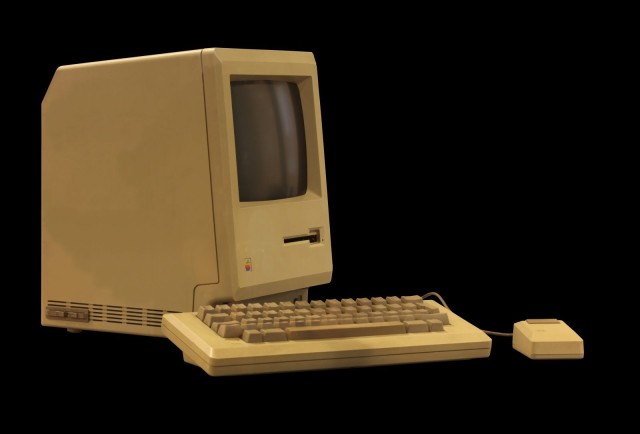
The original Macintosh came out in 1984. Despite the fact that it revolutionized computing, some pundits at the time called it an expensive toy. Hard-core computer users bemoaned the lack of viable sofware, the low amount of memory included and the fact that the Mac had no real hard drive.
Floppygate
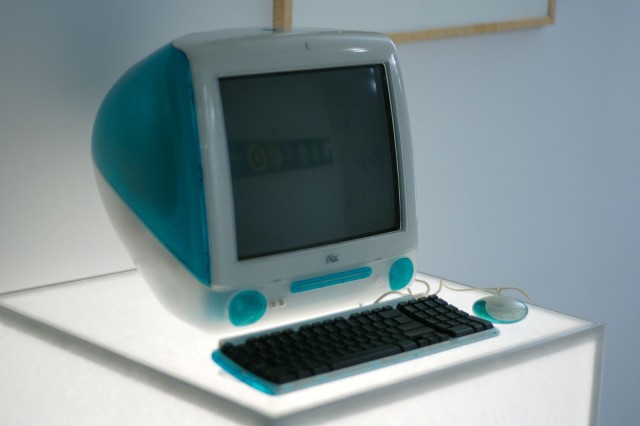
The iMac G3, one of the jelly-bean-style friendly computers from 1998, was a stunning new design. Still, there were tons of complaints. It came without a 56K modem (doesn’t the “i” mean “Internet”?) and lacked a floppy disk drive. Now everybody knows the floppy was bound for obsolescence, but it was a huge deal at the time — and people complained.
Bubblegate
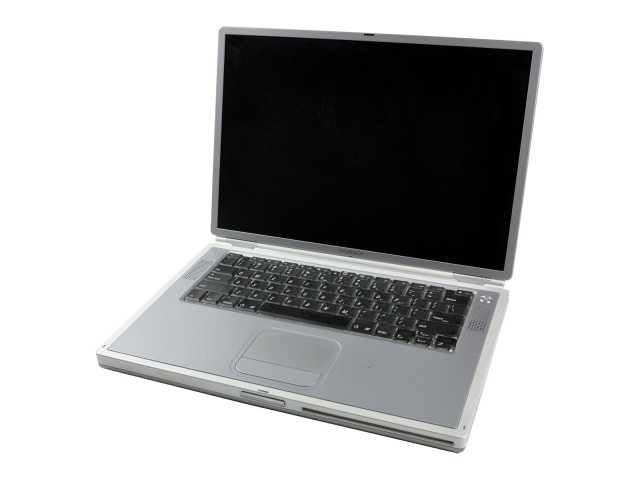
The titanium-based PowerBook G4 came out in 2001 to rave reviews as a faster, better laptop for the Apple faithful. It wasn’t until the paint began to bubble and peel on these sleek devices that the cry went up around the world, as people searched for solutions. The video cable was also a breaking point, with heavy use causing jumbled video or random lines to appear onscreen.
Antennagate
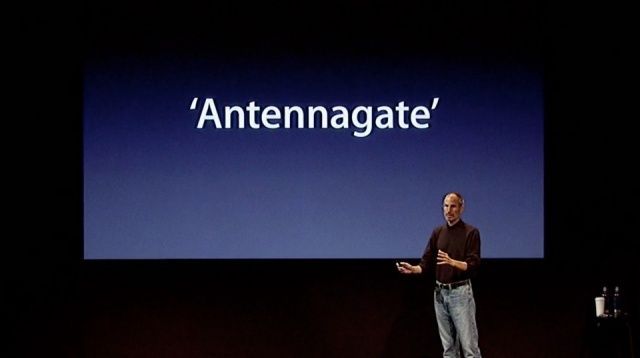
Photo: Apple
When the iPhone 4 came out in 2010, public interest grew to extremes. It was the first radical design departure for the iPhone line, and with it came some antenna issues. People sometimes weren’t able to make, receive or maintain phone calls on the devices.
The problem was labeled “Antennagate” and a media firestorm ensued. Steve Jobs held a press event to tell everyone that the iPhone wasn’t the only mobile device affected by human touch — and famously told us we were holding our phones incorrectly.
Apple eventually settled a class-action lawsuit, sending out full refunds to disgruntled buyers as well as plastic bumpers that insulated the iPhone’s exposed antennas from that troublesome contact with human skin.
Batterygate
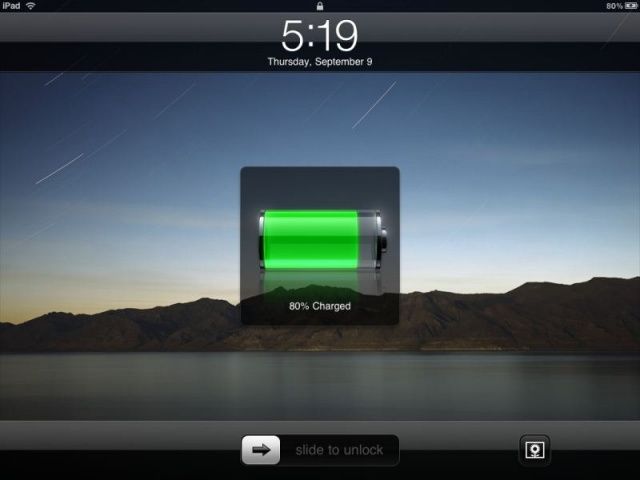
Screengrab: Cult of Mac
Something similar happened in 2012, when DisplayMate Technologies’ Raymond Soneira discovered that his new iPad continued to draw current long after iOS reported its lithium-ion polymer battery as being 100 percent charged. The internet responded with enthusiasm and another goofy moniker: Batterygate. Apple fairly ignored this one, letting the press battle it out. It turns out that all Lithium-ion batteries charge full speed up to a certain point and then trickle the rest of the charge in over a longer period of time. Apple claimed this as a feature, but because the iPad had a massive battery, the trickle charge took longer than for most other devices.
Crackgate, Overheatgate, Yellowgate, Purple Haze
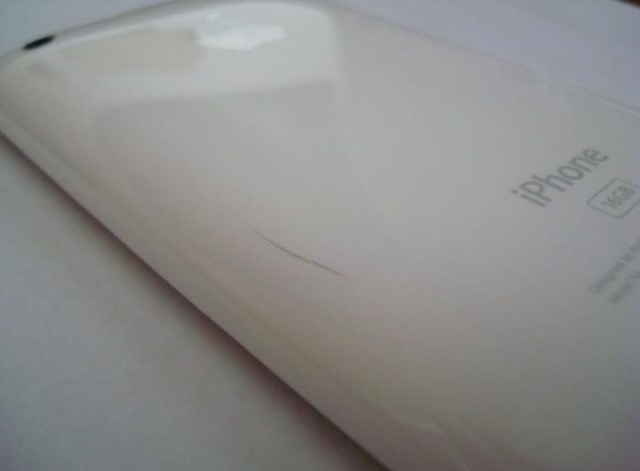
Crackgate had the iPhone 3G’s plastic backing getting cracked; Overheatgate was the iPhone 3G heating up more than some thought it should. The iPhone 4s and iPhone 5 had their own Yellowgate, where the screen tinged a bit yellow (as well as being prone to scratches). And don’t forget the “purple haze” of 2013 (Apple told us to change how we position the phone’s camera to avoid the purplish abnormalities that can be caused by bright light sources.
Here we go again
The point is, almost every single Apple device has had initial “issues” that someone complains about. This is not a new phenomenon: Bendgate will surely blow over. Who’s still got a bumper on their iPhone 4? Not us.
Under Jobs, and to a lesser extent under Tim Cook, Apple has always taken a “this too shall pass” attitude (at least until having to settle class-action suits). This public relations stance has served the company well in the long run, according to crisis management expert Barton.
“Their ‘BP Oil Spill’ has yet to occur,” he told us. “When it does — and it will happen sometime — they will need to respond swiftly and with a robust, self-effacing strategy.”
In the end, whether Apple needs to send out a metaphorical rubber bumper again, or just tell us we’re “holding it wrong” when we stuff our iPhone 6 Plus in a pocket, we’ll continue to purchase these well-designed magical devices because they are insanely great.
What we really need to worry about are things like this week’s buggy iOS 8.0.1 release, where an update to Apple’s brand-new mobile operating system caused early downloaders to be unable to even make phone calls. That’s an issue that affects a much larger number of people, Barton says, and should raise questions about device performance and beta testing.
While it might not be the sort of problem that makes for insanely viral videos and a media-friendly “-gate” moniker — although “Updategate” actually has a nice ring to it — the botched update was a surprisingly big misstep from a company that typically sweats the small stuff.
“That issue appears to be a basic software-design flaw,” Barton said. “Apple’s loyal customers have greater standing to be complaining about that patch.”
